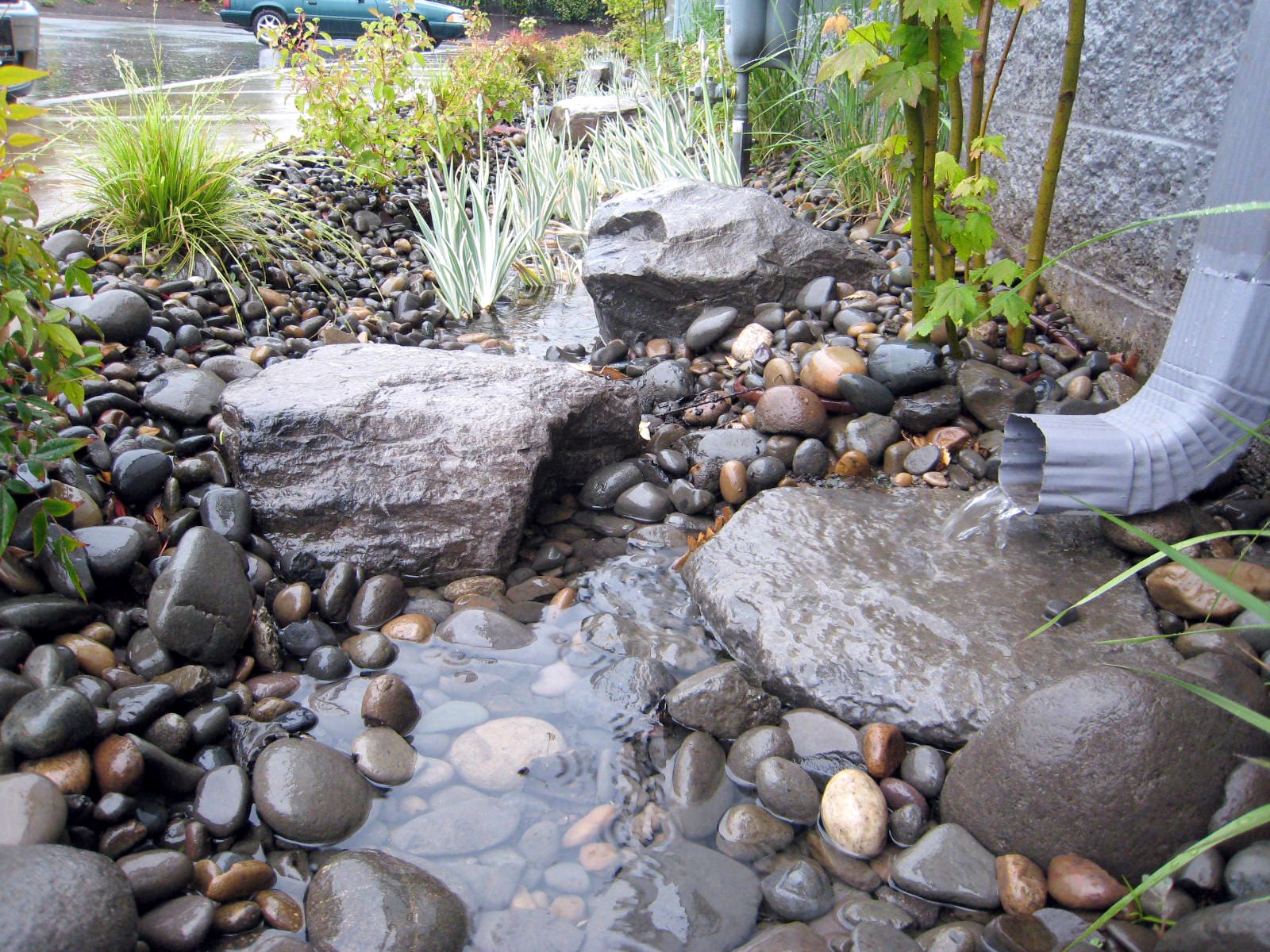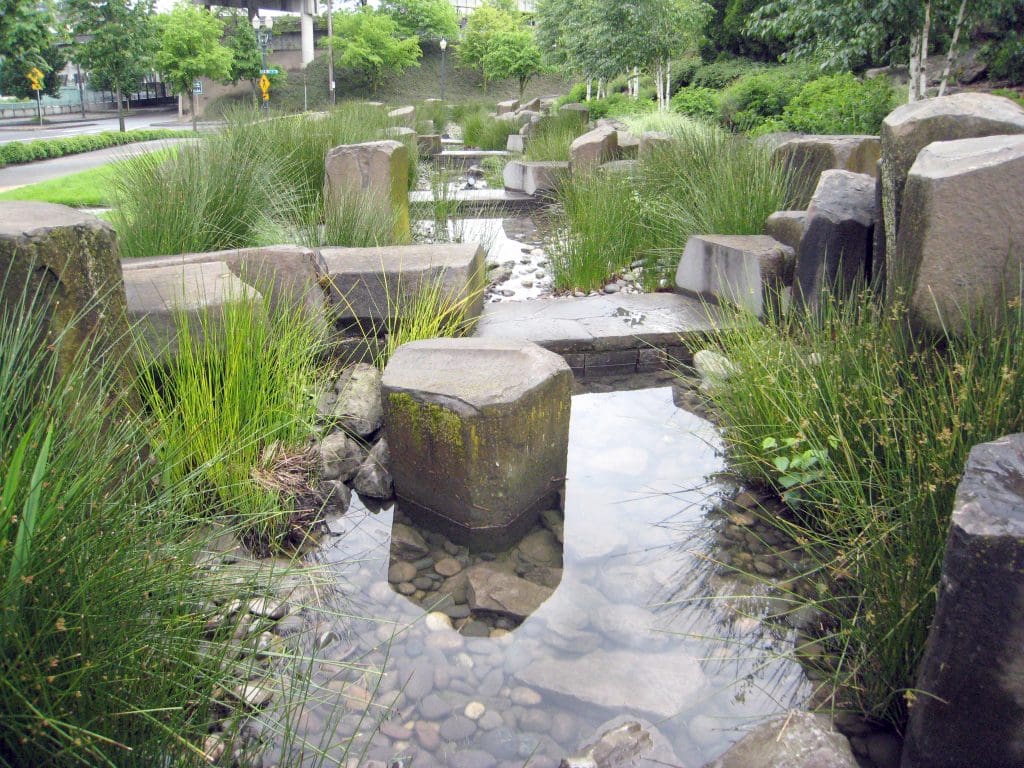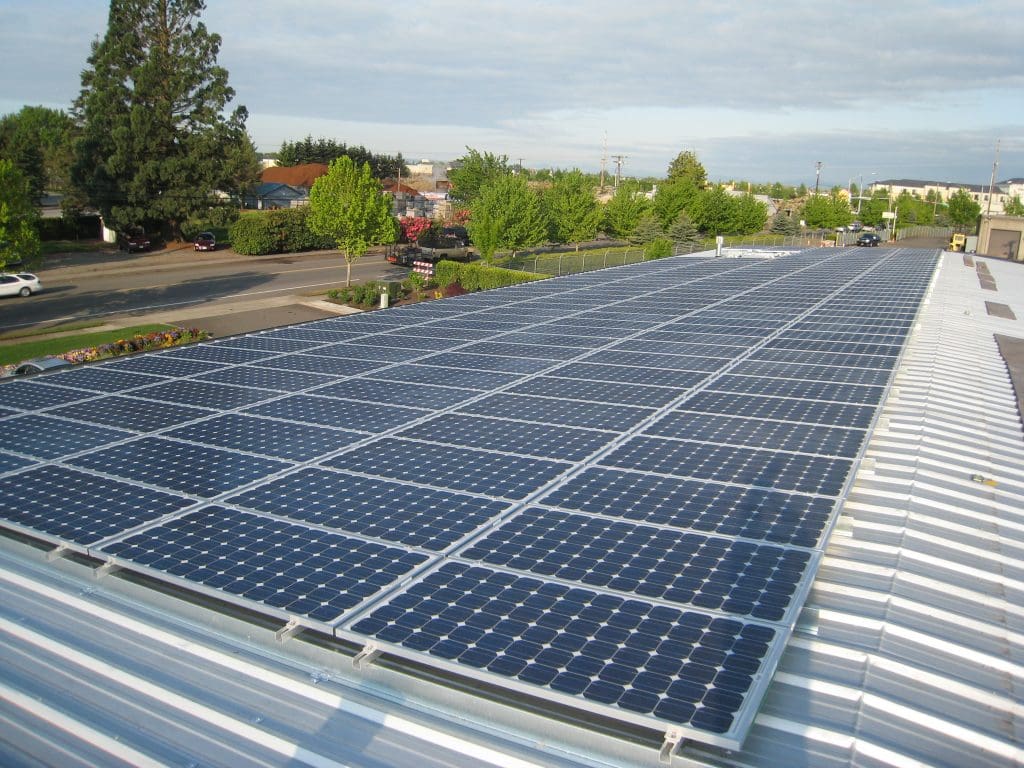
Bob Grover says that he knows the landscape industry sometimes gets a bad rap when it comes to environmental consciousness. But the president of Pacific Landscape Management in Portland, Oregon, believes most people get into the industry because of a love for nature — and being outdoors. That was certainly the case for him and early on, he started looking for ways that he could be more sustainable. In fact, it was Al Gore’s 2006 book An Inconvenient Truth that sparked Grover’s interest in not only offering more sustainable services — but also being a more sustainable business overall.
“After that book sparked more awareness and interest from customers, we started looking at ways we could reduce our carbon footprint as well as the overall environmental impact of our operations,” Grover says. “We also shifted toward a really strong focus on water conservation. Our industry’s use of water is probably not the greatest because we don’t directly pay the water bill, so we started looking at smart irrigation technology very early on.”
Grover says that water conservation can be one of the largest returns on investment for commercial landscaping, so it’s one area where there has always been a lot of interest from customers. The rising cost of water in Portland is definitely attracting even more attention to the issue.
“We’re keeping up with what’s new in irrigation technology but we’re also going a step further and implementing a water conservation evaluation process in which we present our clients a detailed evaluation of changes they can make. That also includes landscape modifications, like eliminating landscaping in hard-to-water areas like parking lot islands and parking strips along roadways. We are also using more drought-tolerant plant material and decorative rock in those hard-to-water zones.”

Pacific has also added rain gardens and bioswales into their service offerings. While bioswales have been required for new development for quite some time, Grover says that lack of training has led many of these to be unproperly cared for — and some have even failed. Many times, these were also not constructed with aesthetics in mind. They have also encouraged customers to consider incorporating a rain garden in their properties.
Rain gardens are typically created by disconnecting a building’s downspouts and redirecting that rainwater into a vegetative swale. The swale will give the water an opportunity to infiltrate back into the soil, keeping it out of the stormwater system. An overflow is installed to capture excessive rainfall and prevent overflow.
“We’re really focused on helping our customers to maintain these new landscape elements by teaching them how to care for them properly,” Grover explains. “We are committed to being a leader in this area, making these additions both attractive and functional for our clients.”
Of course, Grover says they are also committed to practicing what they preach as a company. That’s why they’ve made various changes over the years that improve their sustainability as a business.
“We’ve installed solar panels on our roof, built rain gardens and bioswales at our own three facilities, converted our riding mowers to propane and have become master of recyclers,” Grover says. “We recycle everything that we use. It’s very important to us that we live the mission internally that we are promoting with customers.”

Grover says that all landscaping companies can find ways to become a more sustainable business. It’s all about continually evolving. In terms of offering more sustainable services to clients, Grover adds that it must meet three criteria to be acceptable in the marketplace — in addition to being better for the environment, it must also be visually acceptable and economically affordable.
“I think trying to become more sustainable can be discouraging for some businesses — more specifically, it can be overwhelming,” Grover says. “But staying ahead of the curve is important. Ease into it instead of trying to do it all at once. Start with water conservation or evaluate your chemical usage and see where you can make changes to lower toxic products or reductions in use. Consider converting to propane or experimenting with battery-operated equipment. People need to wade in and try new things. If you try to do it all at once, it’s too much.”
While being more eco-conscious is a positive change that clients will appreciate, at the end of the day, Grover says that these changes are about so much more than that.
“We may be ahead of the curve here in the West but the need to be more sustainable is growing nation-wide,” he says. “Yes, it’s good business, too. I think if you aren’t looking ahead and making environmentally conscious changes, you’re going to fall behind with your competition. But it’s also just the right thing to do. Most of us in the green industry really do care about the needs of our planet and we all need to take a hard look at our operations to show the world we really do.”
This article was published in the January/February issue of the magazine. To read more stories from The Edge magazine, click here to subscribe to the digital edition.

